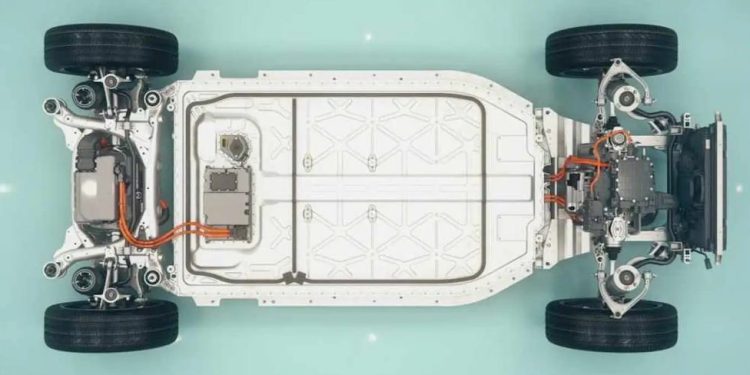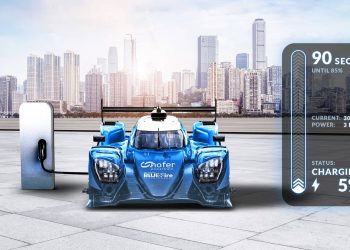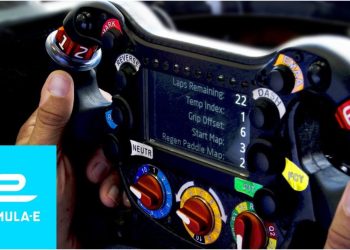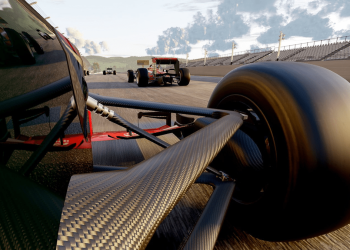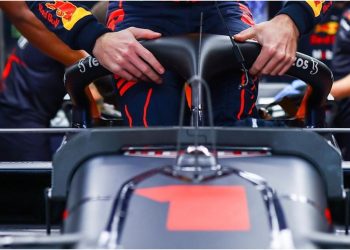For a couple of years now, major automakers and personalities linked to motorsport have claimed that Formula E has emerged as a great laboratory in which brands can develop new electromobility technologies to be applied in urban models.
This theory is strengthened after Jaguar Land Rover and semiconductor producer Wolfspeed recently announced a strategic partnership to supply silicon carbide semiconductors for next-generation electric vehicles, providing greater powertrain efficiency and driving range.
The focus of the agreement is for Wolfspeed’s advanced silicon carbide technology to be used specifically in the cars’ converter to manage the transfer of power from the battery to the electrified motors.
The pact is the latest in Jaguar Land Rover’s program to establish strategic alliances with industry leaders for its future modern luxury vehicles. In February 2022, the iconic brand announced a partnership with NVIDIA focused on advanced software-defined automated driving systems for next-generation vehicles starting in 2025.
The genesis of the union between Wolfspeed and Jaguar is based on the semiconductor specialists’ existing relationship with the race-winning Jaguar TCS Racing team competing in ABB FIA Formula E World Championship, where its advanced silicon carbide technology has been used to accelerate efficiency and performance on the track.
Read also:Porsche Performs Final Tests to Introduce the All-New “99X Electric” Gen3 Formula E Car
A Global Policy
The agreements that Jaguar is sealing with different organizations are contemplated in its “Reimagine” strategy, which seeks to transform the manufacturer into an electric-first business, with the goal of achieving zero carbon emissions in all its operations by 2039.
To achieve its goals, the company has a centralized team ready to develop and accelerate pioneering innovations in materials, engineering, manufacturing, services and circular economy investment.
Through Reimagine, Jaguar Land Rover will set new benchmarks in quality and efficiency for the luxury sector through various realignments, adaptations and reorganizations.
One of the cornerstones of these modifications is the new all-electric architecture, which will also help to develop different personalities for the brands.
The strategy also envisages that by mid-decade, Jaguar will emerge as a fully electrified luxury brand. It will introduce a new design portfolio equipped with pioneering next-generation technologies.





